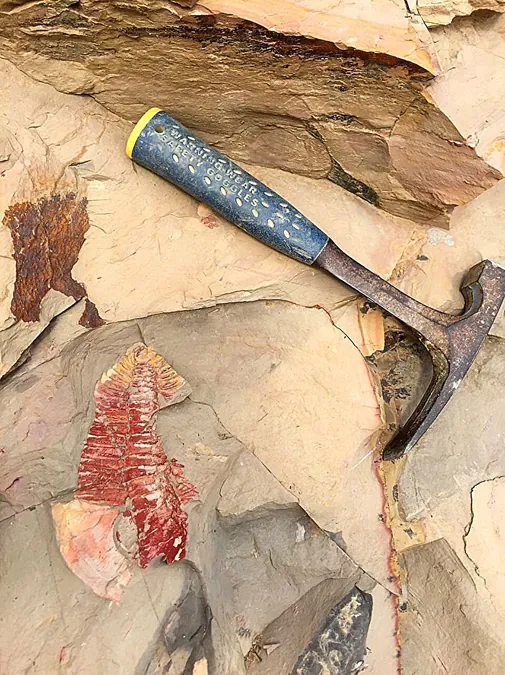
Formerly Misunderstood Fossil Treasure Reveals Secrets of Ancient Ocean Life
2024-10-30
Author: Sarah
Groundbreaking Study on Emu Bay Shale
A groundbreaking study by a team of paleontologists has unveiled new insights into the famous Emu Bay Shale in South Australia, a fossil-rich locale that is challenging our previous understanding of early marine ecosystems. Published in the journal Science Advances, researchers argue that this ancient seascape, famous for its incredibly well-preserved fossils, actually represents an entirely unexpected oceanic environment that diverges significantly from other Cambrian fossil discoveries.
Stratigraphy and Geological Features
The team focused on the stratigraphy of the Emu Bay Shale and determined that its layers were deposited in a particularly energetic fan river delta situated at the boundary of a tectonically dynamic rift basin. This geological feature occurs where two continental masses drift apart, creating unique sedimentation patterns. The discovery indicates that gravel and cobble were violently thrust into the ocean through debris flows originating from the land, rather than in a typical oceanic setting.
Significance of Fossil Preservation
Paleontologist Robert Gaines from Pomona College explained the significance of these findings, saying, “It’s not where you would expect to see delicate, soft-bodied creatures preserved. This shale’s unique setting hosted a diverse ecosystem with extraordinary fossil preservation, indicating that the environmental conditions had a profound impact on the structure of this early animal community.”
Insight into Cambrian Explosion
One fascinating outcome of this research is the clarity it brings to the kind of life that thrived in the Emu Bay during the Cambrian Explosion—a pivotal period over 500 million years ago when a remarkable diversification of animal life occurred. While the sea floor was teeming with unique, niche-adapted bottom-dwellers, the water column above was populated by more cosmopolitan swimming species, including the formidable Anomalocaris—a large predatory creature known for its acute vision and formidable claws.
Comparison with Burgess Shale
Moreover, the significance of Emu Bay Shale parallels its counterpart, the Burgess Shale located in Canada, known for its excellent preservation of organic remains—a classification referred to in geology as Lagerstätten. This comparison allows researchers to understand how varying ecological conditions craft different fossil assemblages.
Shallow vs. Deep-Sea Environments
Prior to these revelations, the scientific debate centered around whether the Emu Bay Shale was indicative of shallow or deep-sea environments. The rift basin resulted in temporary deep-water conditions, but specific environments like the fan river delta created murky conditions that may explain the absence of certain common Cambrian fossil types, including sponges, that are usually abundant in the Burgess Shale.
Invitation to Rethink Early Evolution
Gaines asserts, “At Emu Bay, we see a smorgasbord of sedimentary structure; it told us something different is happening there.” This research not only enhances our understanding of ancient marine ecosystems but also invites us to rethink the factors that influenced early animal evolution during one of the most crucial periods in the history of life on Earth. As new discoveries continue to emerge, the story of our planet's distant past becomes ever more intricate and fascinating.




 Brasil (PT)
Brasil (PT)
 Canada (EN)
Canada (EN)
 Chile (ES)
Chile (ES)
 Česko (CS)
Česko (CS)
 대한민국 (KO)
대한민국 (KO)
 España (ES)
España (ES)
 France (FR)
France (FR)
 Hong Kong (EN)
Hong Kong (EN)
 Italia (IT)
Italia (IT)
 日本 (JA)
日本 (JA)
 Magyarország (HU)
Magyarország (HU)
 Norge (NO)
Norge (NO)
 Polska (PL)
Polska (PL)
 Schweiz (DE)
Schweiz (DE)
 Singapore (EN)
Singapore (EN)
 Sverige (SV)
Sverige (SV)
 Suomi (FI)
Suomi (FI)
 Türkiye (TR)
Türkiye (TR)
 الإمارات العربية المتحدة (AR)
الإمارات العربية المتحدة (AR)